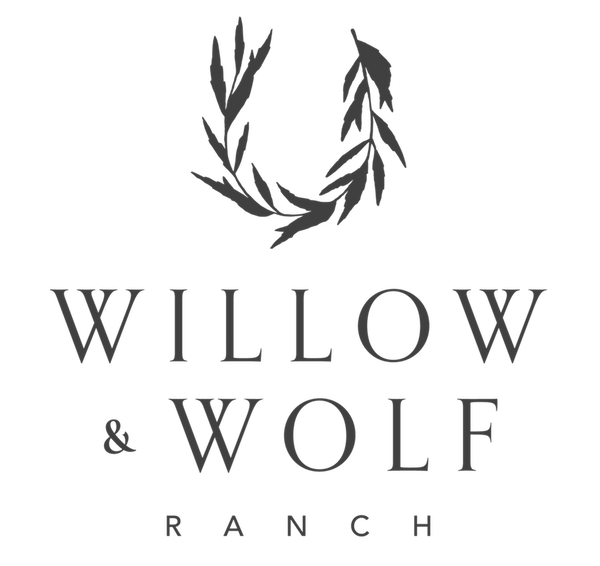Dressage Horse Training
"To be able to design helpful methods, we have to have profound knowledge. We have to study the horse's anatomy and biomechanics so that we can decide which part of the system needs strengthening. This leads to the design of movements and exercises which we feel confident will have the desired effect, so that they will compel the horse to activate his muscular system, in the relevant areas." - The Baron Hans Von Blixen Finecke"

Rider's recognition of himself in space: Rider's bio-mechanics; rider's ability to identify and separate the use of different muscle groups; rider's ability to influence the horse (positively or negatively), riders direction of force.
Rider's recognition of the horse in space: Horse's biomechanics, alignment, balance, dynamics of gait, horse's direction of force.
Approaching the horse's learning process sympathetically: Horses don't have foreknowledge of what will be asked of them. They learn retrospectively- they must "sum-up" what the intended response is after the correction or reward takes place. They also are not emotionally interested in pleasing or displeasing the rider. They are mostly looking out for their own best interest and draw from what has worked in the past, however, we do see different levels of ease of influence.
Creating a training process that begets the wished-for result: having realistic expectations when something is new; encouraging the horse to experiment; recognizing the horse's first true attempt at accommodating the rider; discernment of when the rider should ask for more and when the rider should "let him off" and reward; deciphering between bewilderment and a "bad-attitude"; how to make effective corrections.
Developing strategy: The what to do, i.e., actions, exercises, patterns, etc.
Developing technique: The how to do it, i.e., refining the rider's skill, use of their body to have maximum influence over the horse, etc.
Evaluating the horse for positive results: Horses in training should show positive side-effects of correct riding and schooling. Development of musculature, development of gaits (improved form and function), the progression of trainability, ride-ability, and willingness.
Grand Prix Dressage Trainers
